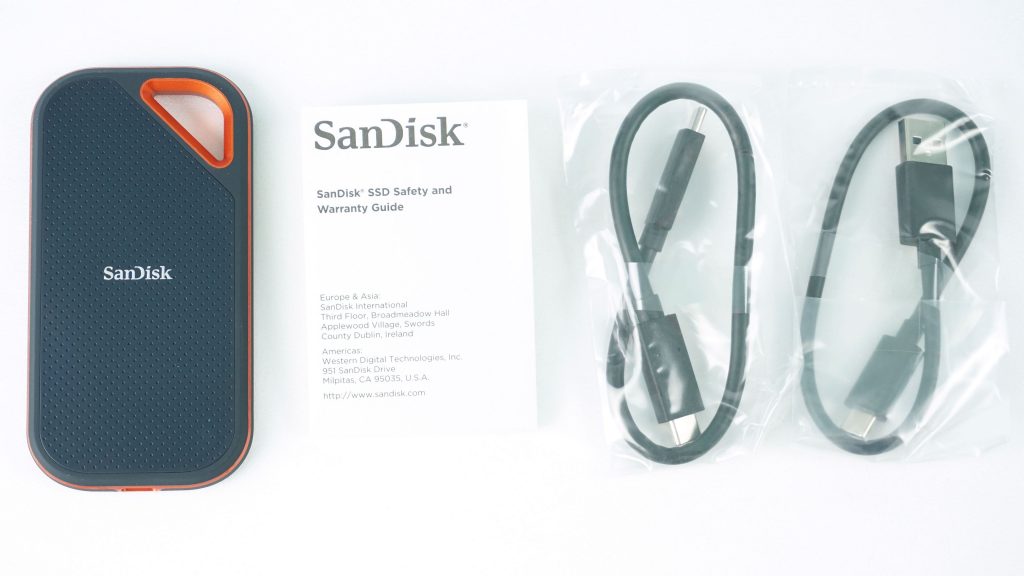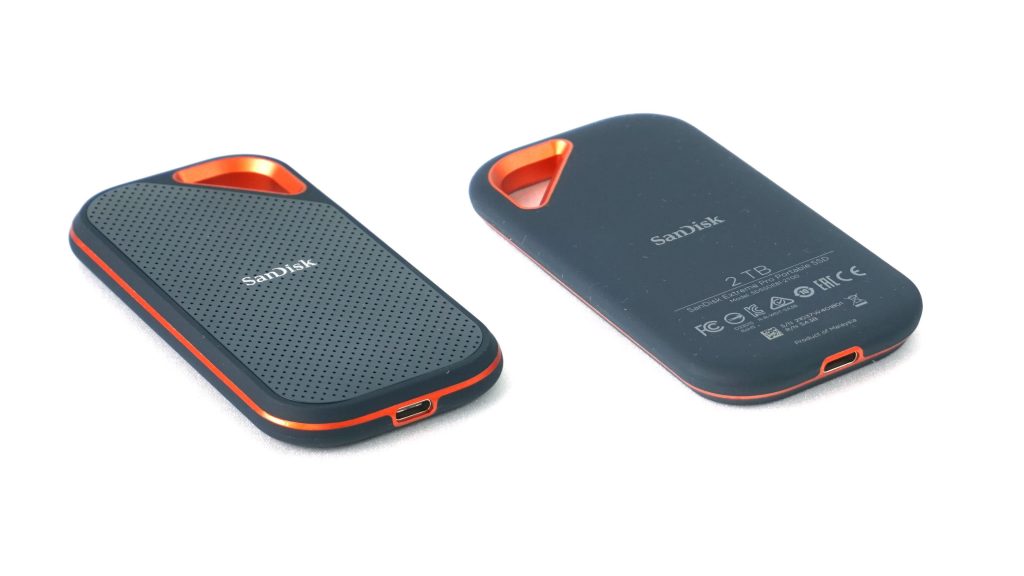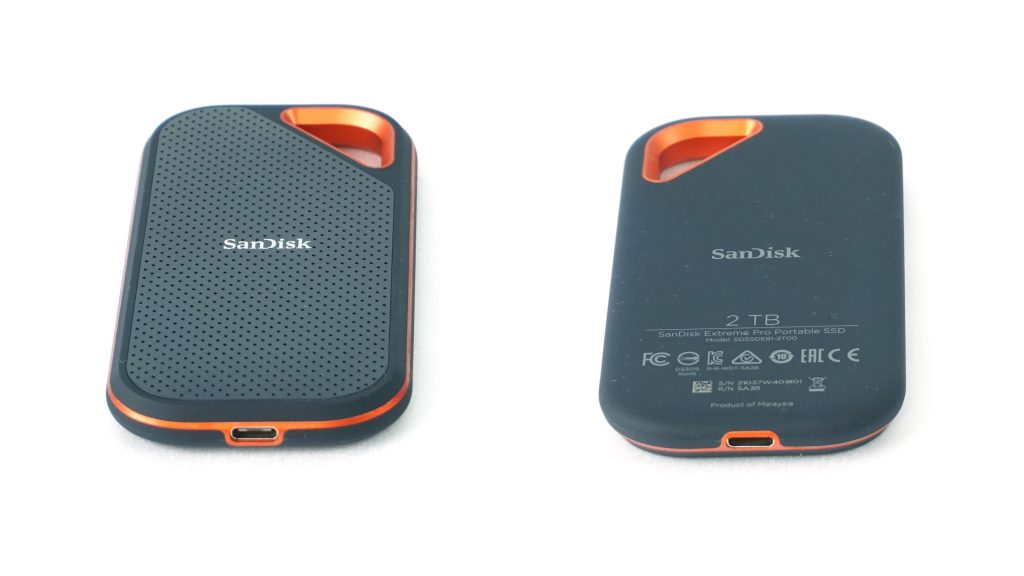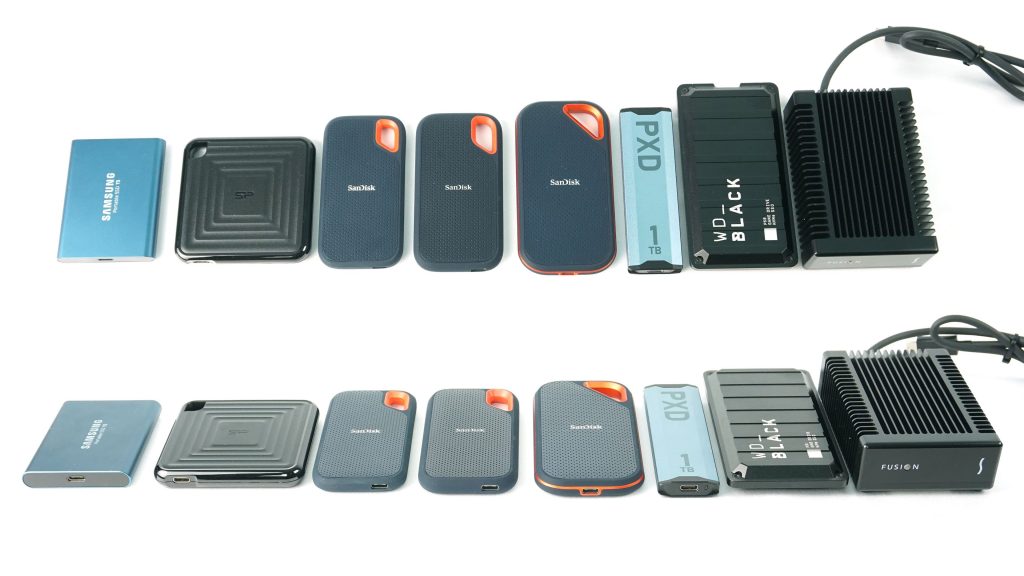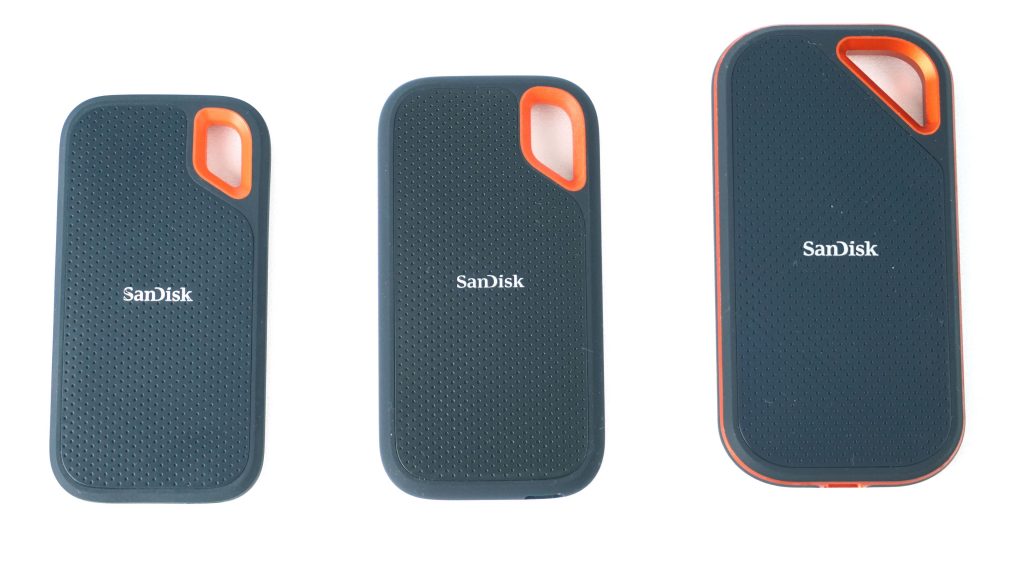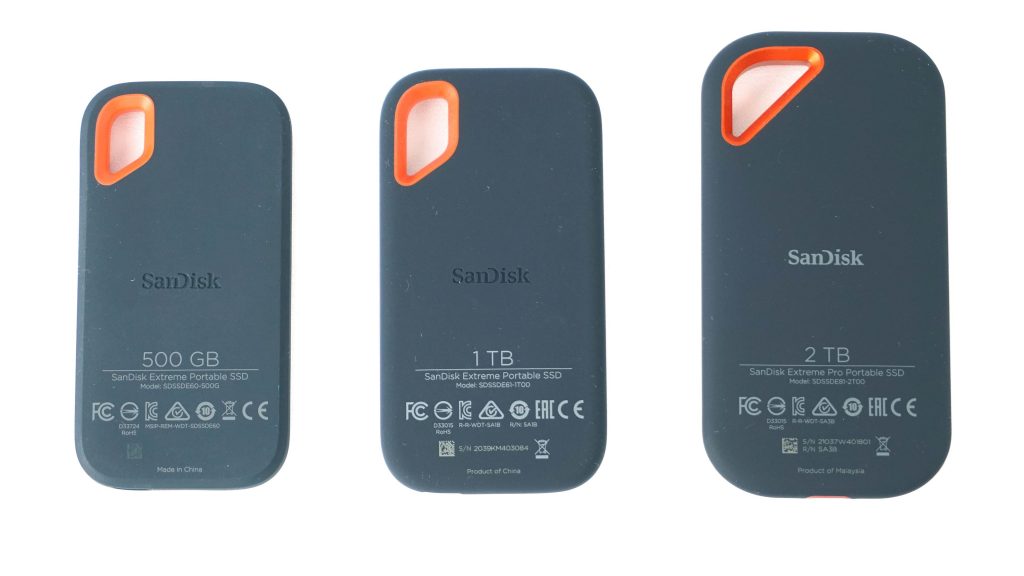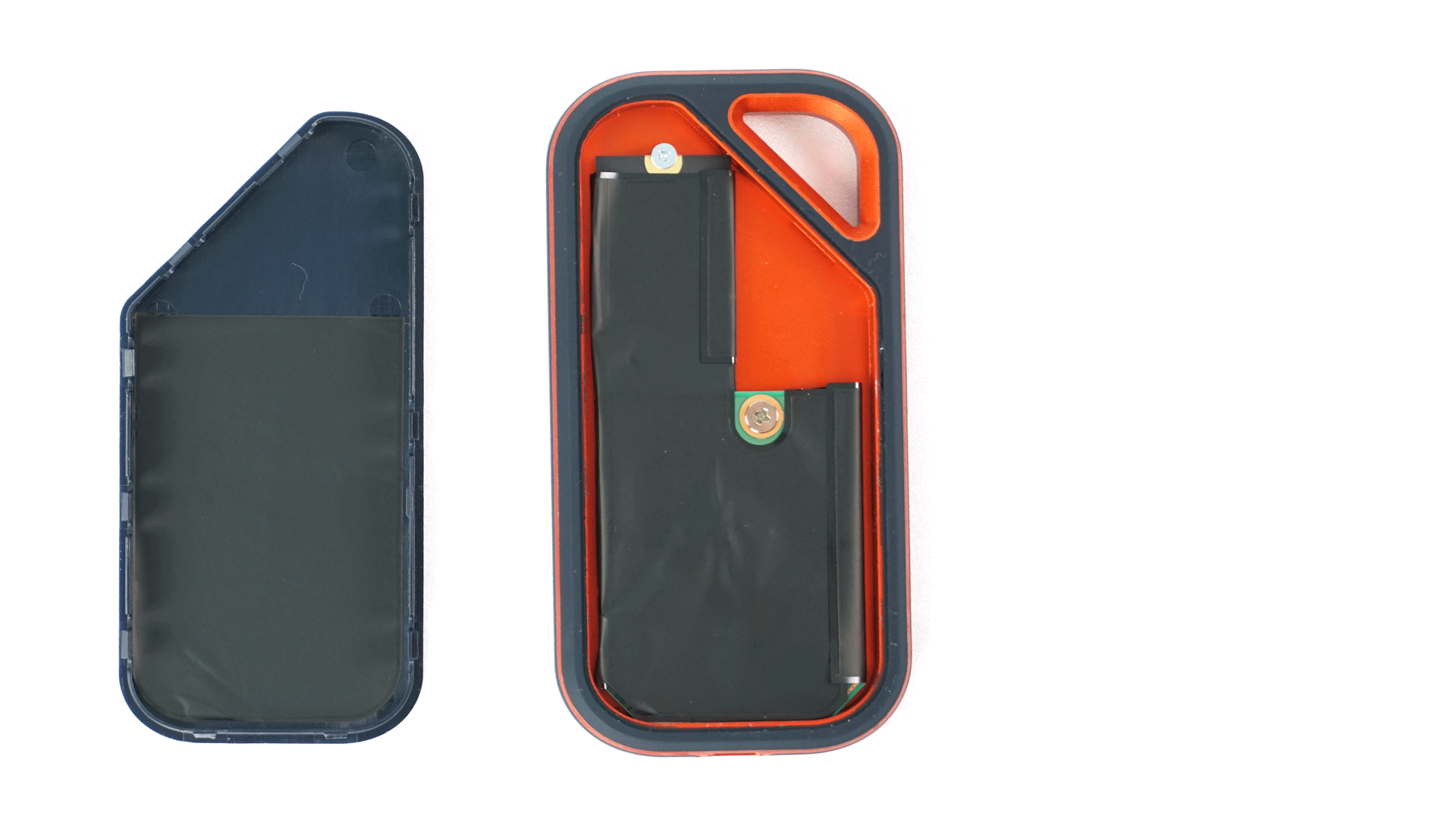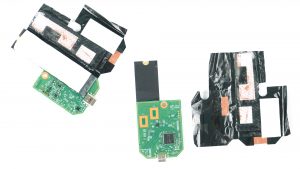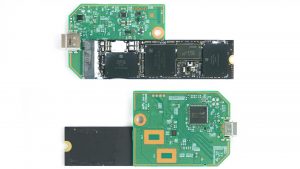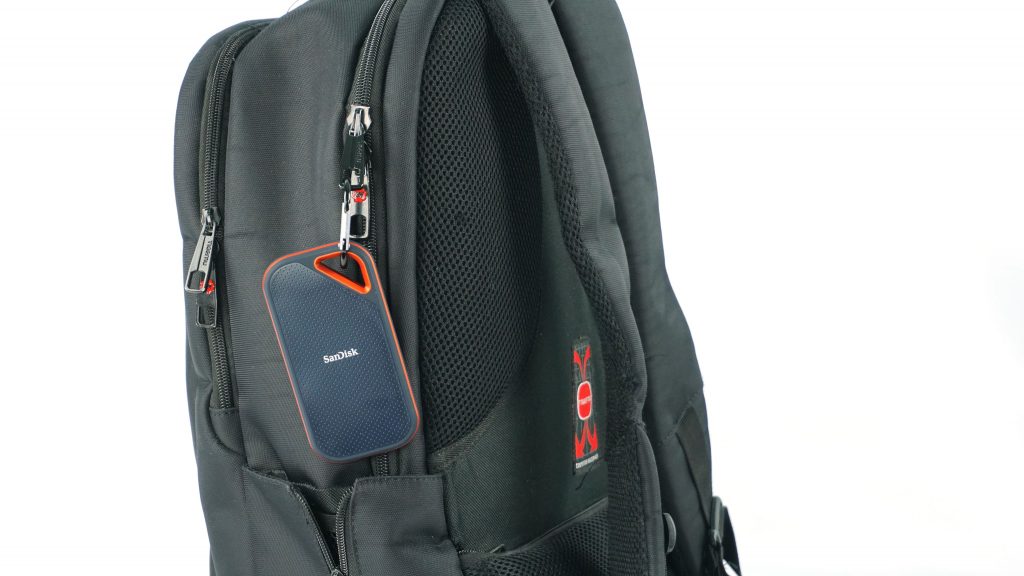Overview
We have already tested external SSDs from SanDisk several times. However, it has always been a model of Extreme Portable SSD, namely from 2018 and 2020. However, the manufacturer also offers another model, which it refers to as Extreme Pro Portable SSD. We have tested its second generation from 2020 in detail and we will be interested in whether it’s worth paying extra for the “Pro” label or whether you can do with the base model.
Extreme Pro Portable SSD V2
The packaging of the Pro Portable SSD version is almost identical to the base one. Therefore, you will need to be more careful in the store to buy the right model. In addition to the obvious Pro inscription, the difference can also be seen in the maximum speeds, which are up to 2 GB/s for the Pro model, and the higher speed can be seen in the lower left corner where the speed gauge is. The cover also mentions the fact that the new Pro version is almost twice as fast as the first generation, which we also saw in the base model. So the latest regular version reaches the speed of the first Pro version and the new Pro version is twice as fast.
You can also find a small difference inside the package, where the Pro version got a pair of cables with USB-C at both ends and the other with USB-C and USB-A connectors. The base (non-Pro) version had only one cable and a USB-A adapter. In addition to the cables in the package, you will of course also find the SSD itself and a short manual. Another interesting thing about the cables, the Pro version has them significantly longer, up to 31.5 mm including the connectors, while the classic model cables are only 16.5 mm long. The last but not least difference is the type of connection. The base model uses USB 3.2 gen 2 with a bandwidth of 10 Gb/s, while the Pro model offers higher speeds thanks to the use of USB 3.2 gen 2×2 with a bandwidth of 20 Gb/s.
In terms of design, the Pro model is distinguished by a metal strip around the entire body, which seems to divide the lower and upper part of the drive. The blue rubber material is also used here and again provides increased resistance to shocks and vibrations up to 1500 G and 5 g RMS at 10–2,000 Hz. The SSD is also IP55 certified, so it is resistant to rain, splashes and dust. In terms of durability, the drives are the same and the Pro model offers nothing extra.
Other differences are the external dimensions and weight. The Pro model is larger in all respects, with dimensions of 110.3 × 57.3 × 10.2 mm compared to 100.5 × 52.4 × 8.9 mm in the base model. The weight is also different, 85 g (3 oz) compared to 63 g (2.22 oz). A certain difference in weight is caused by the fact that we’re comparing a 2 TB version of the Pro model with a 1 TB base version. A small change compared to the base model is also the location of the USB-C port in the middle and not on the side.
As already mentioned, the main advantage of the Pro model is its higher speed. The manufacturer states maximum speeds on the product page of up to 2,000 MB/s in read and write, which is of course twice as much as in the base model a four times as much as in the first generation of the base model. We will look below for specific differences in the used memory chips, controller and bridge.
However, the main reason for the higher speed is the use of a faster USB standard – USB 3.2 gen 2×2 with a bandwidth of 20 Gb/s. We already met with this standard in WD_Black P50 and it can be said to be a kind of black sheep of USB standards. Why? Because there are still few devices on the market that support 20 Gb/s USB. You will either encounter 10 Gb/s USB or then the manufacturers rather use Thunderbolt 3/4, which offers 40 Gb/s but is not compatible with the 20 Gb/s USB. The situation should be helped by the arrival of USB4, where 20 Gb/s will no longer be such a specialty, and at the same time mainstream products that support 20 Gb/s USB have appeared on the market.
I tested the SSD on the MSI MAG B560M Mortar WiFi motherboard, which supports this connection. I tested the SSD on an MSI motherboard that supports this connection. It is positive to see that this standard has already reached a mainstream board, as it could once be found only on high-end models or on the Threadripper and Intel Core Extreme platforms.
A comparison of the three SanDisk Extreme models in the form of Portable SSD, Portable SSD V2 and Pro Portable SSD V2 shows similarity in design, but slight differences in dimensions, with the Pro model being the largest and the original Portable SSD the smallest.
As with the test of the base (non-Pro) models, I do not recommend disassembling the SSD either and the following images are for illustration only. A look inside the drive shows us that the Pro model is even more protected against accidental opening thanks to the use of several plastic clips. The interior is a kind of combination of the first and second generation of the base models, as it combines a black insulating foil together with heat-conducting pads on the front and back of the drive.
The PCB of this novelty is therefore completely packaged and the disassembly process was not entirely the easiest. Therefore, let’s take a closer look at the individual components and compare them with the slower models. The controller of the Pro model is of its own production with the designation 20-82-00705-A2 (V2 of the classic version was 20-82-10023) and the USB bridge ASMedia ASM2364, thanks to which it reaches a speed of 20 Gb/s. The base model uses the ASMedia ASM2362 bridge, which was also offered by the first generation Pro version.
We can also find the difference in the SSD itself. The Pro version uses the WD_Black SN730E, which is an OEM version of the well-known SN750, but uses 96-layer 3D TLC BiCS-4 memory. The second generation of the base model used “only” 64-layer 3D TLC BiCS-4 memory, which corresponded to the SN550 SSD. Due to the fact that NVMe SSDs are used in both cases, the USB bridge is still bottleneck, so we will not reach the maximum possible speeds that the installed SSDs offer. We would need Thunderbolt for that, but it would significantly increase the price of the drives. It is still a kind of trade-off that needs to be considered. In the future, I hope the new USB4 will be used, which could unify the chaos around USB standards a bit.
The Pro model as well as the second generation of the base model offers a 5-year warranty and AES hardware encryption, which we also showed in the previous test. Thanks to the hole in the body, you can attach the SSD to your backpack or pants with a carabiner and always have it with you. Larger dimensions compared to the base model can be a bit of a disadvantage, but the drive is still not as big as the Thunderbolt 3 models we have already tested. For a better picture, you can see a comparison with a 250 ml (8.45 oz) can of Hell energy drink in the picture below.
Testing took place on the Intel B560 platform, specifically on the MSI MAG B560M Mortar WiFi motherboard with an Intel Core i7-107900K processor and 32 GB 3600 MHz DDR4 Corsair Dominator Platinum, from which 25 GB was allocated to RAM disk. All tests were performed for the second time on a standard setup with an Intel Z390 board and Intel Core i9-9900K, which we normally use to verify the speeds at other than 20 Gb/s USB connection.







